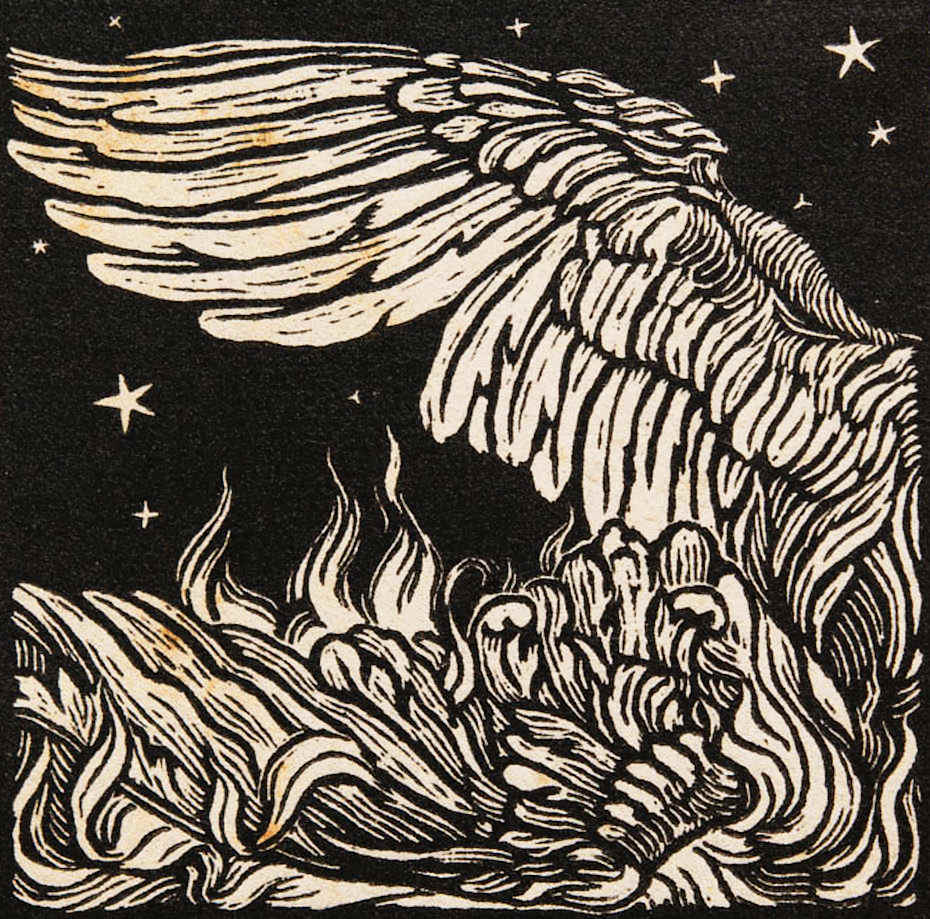Ex libris e segni di possesso dalle collezioni della Biblioteca medica "V. Pinali" antica
Archivio di immagini relative ai segni materiali lasciati nel corso dei secoli da diversi possessori sui libri che fanno oggi parte del patrimonio della biblioteca, costituitasi a partire dal 1875 coi fondi donati dal clinico Vincenzo Pinali (1802–1875) e accresciutasi, tra la fine nel XIX e la prima metà del XX secolo, con i lasciti di altri esponenti della Scuola medica patavina.
Ex libris e super libris, timbri, note manoscritte di dedica o di possesso, di lettura, di acquisto e altri elementi distintivi, contribuiscono a individuare la provenienza e a rintracciare la circolazione dei singoli esemplari, a documentare le relazioni tra esponenti della scuola medica di Padova e il contesto scientifico nazionale o internazionale, a ricostruire raccolte librarie ora disperse.
Le librerie private di singole persone, di famiglie, di enti o di associazioni sono "collezioni" di libri e pertanto soggette, al pari delle collezioni d'arte, a dispersione per passaggio ereditario, vendita o per riorganizzazione o soppressione di Enti, e a riaggregazione in altre “collezioni” pubbliche e private.
Il censimento dei segni materiali è un lavoro necessariamente aperto che viene aggiornandosi e perfezionandosi con il progredire della conoscenza dei fondi delle singole biblioteche e con l'incremento delle risorse in linea che rendono accessibili i dati sulla provenienza corredandoli con le immagini dei segni, talvolta di non facile decifrazione, che la contraddistinguono.
Il censimento ha messo in rilievo la presenza di un esiguo numero di volumi che reca il caratteristico timbro con l'aquila bicipite coronata della Natio Germanica artistarum, l'organizzazione degli studenti di area germanica cui appartennero diverse figure di rilievo nella storia dell'anatomia come Johan Vesling (1598–1649), Johann Georg Wirsung (1598–1643) e i danesi Thomas Bartholin (1616–1680) e Johan Rode (1587–1659). La Natio, come testimoniano i cataloghi stampati nel XVII secolo, possedeva una cospicua biblioteca di circa 5000 volumi, ora dispersi nelle raccolte di diverse biblioteche padovane, distinguibili dal timbro o da note di dono o possesso.
Tra i volumi appartenuti al neuroanatomista Vincenzo Malacarne (1744–1816), di cui la biblioteca conserva libri e documenti, molti sono contrassegnati da note che testimoniano le relazioni con scienziati e letterati quali Charles Bonnet (1720–1793), Giovanni Battista Balbis (1765–1831), Adolf Friedrich Nolde (1764–1813), Giuseppe Toaldo (1719–1797), Alberto Fortis (1741–1803).
L'archivio di immagini comprende attualmente, tra gli altri, gli ex libris di Michael Morgenbesser (1714–1782), decano del collegio dei medici di Wroclaw, membro della Academia Naturae società scientifica Curiosorum e bibliofilo, Marco Carburi (1731–1808) primo professore di Chimica presso l'Università di Padova (1759), Valeriano Luigi Brera (1772–1840) docente di clinica medica all'Università di Pavia e di Padova e di patologia all'Università di Bologna, Albert Braune (1799–1848), medico e farmacista, professore all'Università di Lipsia, Friedrich Keppler (1841–1908) ginecologo tedesco vissuto a Venezia ove fu medico curante di Richard Wagner, Carl Anton Ewald (1845–1915) medico gastroenterologo, Luigi Lucatello (1863–1926), preside della Facoltà medica e Rettore dell'Università di Padova, Umberto Calamida (1871–1940), Edoardo Bordignon (1889–1949) ingegnere padovano, fondatore della casa editrice "Le Tre Venezie" (1940–1949), Ugo Stefanutti (1924–2004) medico, storico della medicina e poeta.
La digitalizzazione delle immagini dei segni di possesso intende quindi supportare più ampie possibilità di ricerca e interpretazione.
Ogni immagine è collegata all'esemplare da cui è tratta tramite il link alla scheda del Catalogo del Sistema bibliotecario padovano. Dalla scheda, cliccando sul nome del possessore, è possibile rilanciare la ricerca per ottenere la lista dei libri, ad esso attribuiti, presenti nel catalogo del Sistema bibliotecario padovano.
Nell'archivio di immagini la ricerca avviene per parole chiave:
- nome del possessore
- tipologia del segno di possesso (ex libris, timbro, nota di possesso ecc.)
I possessori non ancora individuati saranno ricercabili con la locuzione “Non identificati”.
Nota: Le collezioni della biblioteca sono ora confluite nella nuova Biblioteca storica di medicina e botanica Vincenzo Pinali e Giovanni Marsili.








 è un servizio del
è un servizio del